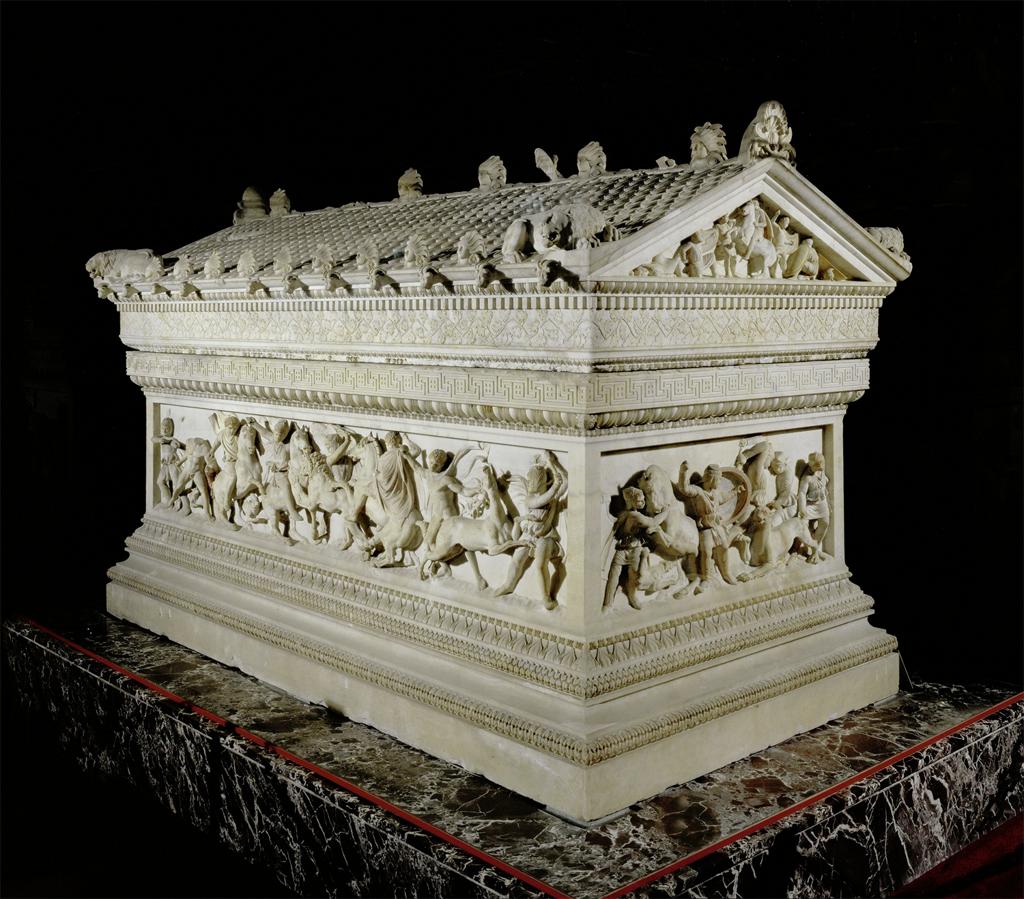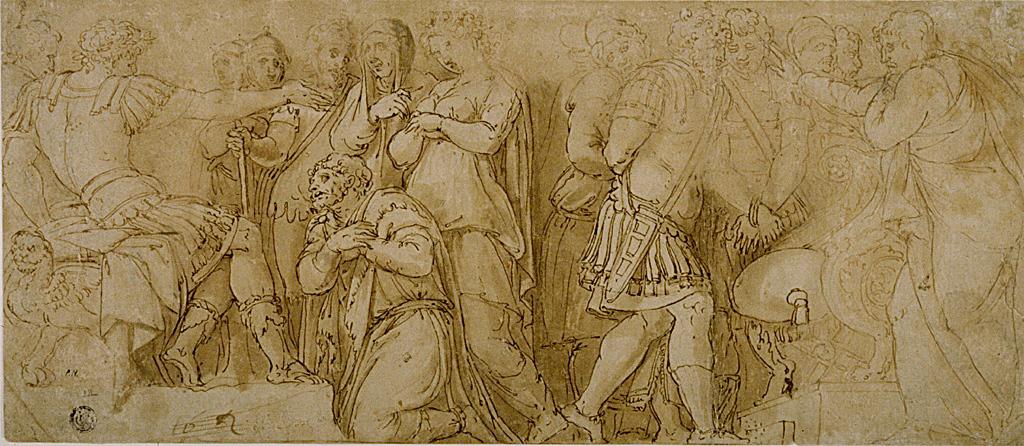In one of the most famous clashes of the ancient world, Alexander the Great defeated Darius III of Persia in the Battle of Gaugamela in 331 BCE. Several monumental issues elevated the story of the Macedonian polymath’s vanquishing of the Persians to instant legendary status.
One of the battle’s most dramatic characteristics – the introduction of elephants to Mediterranean warfare – almost certainly did not take place. The battle of Gaugamela had been regarded as the first time that Alexander’s troops encountered an elephant-equipped enemy, mainly on the basis of the testimony of the historian arrian. However Alexander’s general Ptolemy and the Greek technician Aristobulus of Cassandreia, fail to mention any elephants at all. The Achaemenids were familiar with elephants, though they were encountered more in ceremonial or recreational purposes and it is ultimately unlikely they were used – at least not in this instance – as battle steeds.
Nonetheless both Alexander and Darius III, the last Persian emperor, were extremely popular subjects for Italian artists from the Empire through the Early Modern period. Alexander, of course, provided an imperial model of both military success and statecraft genius, while Darius III was seen as a formidable and respectable, and thus sympathetic, rival.
Reference: Michael B. Charles. “Alexander, Elephants and Gaugamela.” Mouseion: Journal of the Classical Association of Canada 8, no. 1 (2008): 9-23. https://muse.jhu.edu/.
Battle between Alexander the Great and King Darius, late 2nd or early 1st century BCE. Tessera mosaic. Roman, from the House of the Faun, Pompeii. Probably done after a painting by Philoxenos of Eretria of ca. 310 BCE. Museo archeologico nazionale, Naples.
Francesco Guardi, after Giovanni Battista Langetti, Alexander Views the Body of Darius, c. 1750. Pushkin Museum of Fine Arts.
Pietro Testa, Alexander the Great Rescued from the River Cydnus, c. 1635. The Metropolitan Museum of Art, Nr. 2237.
Alexander Sarcophagus, oblique view, late 4th century BCE. Marble with polychromy. From the Phoenician royal necropolis at Sidon, Lebanon thought to have been made for abdalonymos, King of Sidon. Archaeological Museum, Istanbul, Turkey.
Paolo Veronese, The Family of Darius before alexander, 1565-7. The National Gallery, London, Nr. NG294. The story illustrates the mistake made by the family of Darius, the defeated Persian Emperor, in identifying Alexander after the Battle of Issus. Alexander and his friend Hephaestion visited Darius’s tent; the mother of Darius, misled by Hephaestion’s splendour and bearing, offered him the obeisance due to the victorious monarch; Alexander forgave her.
Italian, after Caravaggio. Family of Darius before alexander; (Prisoners before a Senator), late 16th century. Pen and brown ink, with brush and brown wash, over traces of black chalk, on buff laid paper, laid down on tan laid paper. The Art Institute of Chicago, The Leonora Hall Gurley Memorial Collection ,Chicago, 1922.507.
Further Reading: Waldemar Heckel and Lawrence A. Tritle. Crossroads of History: The Age of Alexander. Claremont, Calif.: Regina Books, 2003.
John Alexander Lobur. Consensus, Concordia and the Formation of Roman Imperial Ideology Elite Perspectives and the Formation of Roman Imperial Ideology. New York: Taylor and Francis, 2008.





